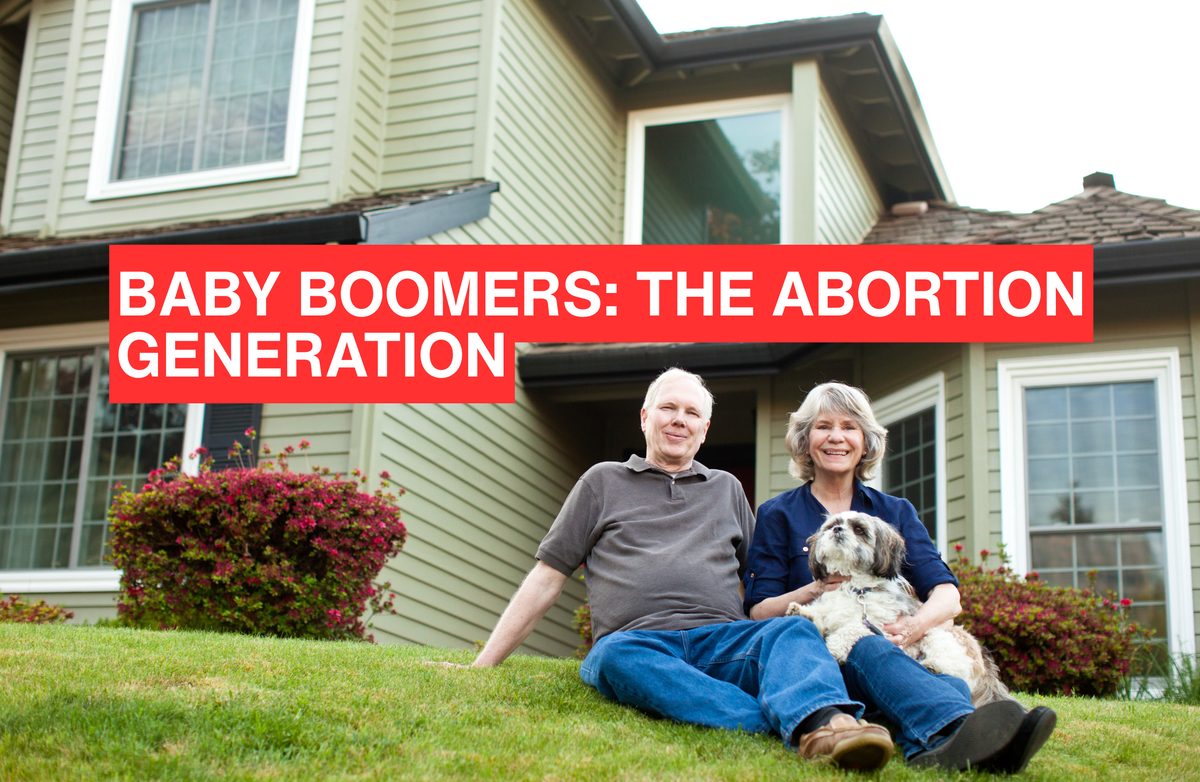Boomers’ Abortion Push Wiped Out 28% of Gen Z: How It’s Crippling America’s Economy and Future

An estimated 28% of Generation Z—those born between 1997 and 2012—were lost to abortion, equating to roughly 26 million potential Americans. This demographic loss, rooted in decades of high abortion rates, has contributed to economic challenges and a steep decline in U.S. birth rates. Ironically, the Baby Boomer generation (born 1946–1964), through their cultural and policy influence, fostered an environment that normalized abortion, inadvertently setting the stage for today’s labor shortages, strained social systems, skyrocketing housing costs, and unaffordable childcare. No conclusive evidence suggests abortion benefits a nation’s economy or society, and the data points to significant long-term challenges.
Baby Boomers and the Rise of Abortion Culture
The Baby Boomer generation, known for its cultural and social revolutions, played a pivotal role in normalizing abortion in the U.S. Following World War II, Boomers grew up in an era of rapid economic expansion and social change. Their push for individual autonomy, women’s rights, and sexual liberation in the 1960s and 1970s culminated in the landmark Roe v. Wade decision in 1973, legalizing abortion nationwide. Boomers, particularly through feminist and countercultural movements, championed abortion as a means of personal freedom and economic empowerment, often framing it as essential for women’s career advancement and financial stability.
While these efforts expanded personal choice, they also embedded abortion into the cultural fabric, leading to over 65 million abortions since 1973, with approximately 26 million occurring between 1997 and 2020, directly impacting Generation Z, according to the Guttmacher Institute. This loss of 28% of a generation—larger than the population of Texas—has created a demographic void with profound economic consequences.
Economic Fallout: A Smaller Generation Z
The absence of 26 million potential Gen Z members has triggered economic challenges, from labor shortages to strained social programs, exacerbated by the Boomer-driven abortion culture.
Labor Shortages and Economic Stagnation
With 28% fewer individuals, Generation Z cannot meet the workforce demands of industries like healthcare, technology, and manufacturing. The Pew Research Center notes that Gen Z was expected to drive innovation, but their reduced numbers have led to labor shortages. Businesses face higher wage costs, increasing consumer prices, or leave positions unfilled, slowing growth. This issue traces back to the Boomer era, where abortion was promoted as a solution to economic pressures, yet it has reduced the workforce needed for sustained growth.
Social Security and Pension Strain
A smaller Generation Z means fewer contributors to Social Security and pensions, critical for supporting aging Boomers. The National Center for Health Statistics highlights that declining birth rates worsen this imbalance. Boomers’ advocacy for abortion, while aimed at empowering individuals, has inadvertently strained these systems, potentially increasing taxes or reducing benefits for future generations.
Housing Market Pressures
The Baby Boomer generation’s economic policies and suburbanization boom drove up housing demand in the 1970s, increasing prices significantly. A smaller Gen Z population reduces demand for new housing but intensifies competition for existing homes, as Millennials and Gen Z vie for limited supply in desirable areas. This dynamic, rooted in the demographic shortfall from high abortion rates, keeps housing costs high, with median home prices in 2025 exceeding $400,000 in many U.S. cities, making homeownership unattainable for many young adults.
Childcare Costs and Economic Barriers
The cultural acceptance of abortion, driven by Boomers, was partly justified by economic pressures like childcare costs. However, the resulting smaller population has not alleviated these costs. In 2025, average annual childcare costs range from $10,000 to $20,000 per child, according to the Pew Research Center. A reduced workforce limits the supply of childcare providers, driving up costs and making parenthood less feasible, perpetuating the cycle of low birth rates.
Declining Birth Rates: A Compounding Crisis
High abortion rates, normalized during the Boomer era, are part of a broader trend of declining U.S. birth rates. The National Center for Health Statistics reports 3.6 million births in 2023, the lowest in over 40 years, with a fertility rate of 1.44 children per woman—below the 2.1 replacement level. The loss of 26 million Gen Z members has deepened this crisis, threatening economic stability as the workforce and consumer base shrink.
Economic and Cultural Drivers
Economic pressures, amplified by Boomer-era policies, contribute to both abortion and low birth rates. Young adults cite financial instability, high childcare costs, and unaffordable housing as reasons for choosing abortion or delaying parenthood. The Pew Research Center notes that Millennials and Gen Z face student debt and stagnant wages, challenges that echo the economic justifications for abortion in the Boomer era. Culturally, Boomers’ emphasis on individual achievement over family has persisted, with young adults prioritizing careers or personal goals, further reducing birth rates.
Does Abortion Benefit a Nation?
While Boomers framed abortion as a tool for economic empowerment, no robust evidence supports the claim that it benefits a nation’s economy or society. The loss of 28% of Generation Z has led to labor shortages, strained social systems, and declining birth rates, undermining economic vitality. High housing and childcare costs, partly a legacy of Boomer-driven policies, continue to deter family formation, contradicting the notion that abortion alleviates economic burdens.
Solutions to Address the Crisis
To mitigate the economic and demographic impacts, policymakers can consider:
- Family-Friendly Policies: Affordable childcare, paid parental leave, and tax credits can ease financial burdens.
- Economic Relief: Addressing student debt and housing costs could make parenthood more feasible.
- Cultural Shift: Promoting the value of life and family may counter the Boomer-era emphasis on individualism.
The Future
The Baby Boomer generation’s push for abortion as a cultural norm, rooted in the pursuit of personal and economic freedom, has led to the loss of an estimated 28% of Generation Z—26 million potential Americans. This demographic void, combined with Boomer-driven economic policies, has fueled labor shortages, strained social systems, high housing and childcare costs, and a fertility rate of just 1.44 children per woman. These challenges highlight the irony of a movement intended to empower individuals but resulting in long-term economic strain. By addressing economic barriers and fostering a culture that values life, the U.S. can work toward a sustainable future.
Sources
- Guttmacher Institute: https://www.guttmacher.org
- National Center for Health Statistics: https://www.cdc.gov/nchs
- Pew Research Center: https://www.pewresearch.org



